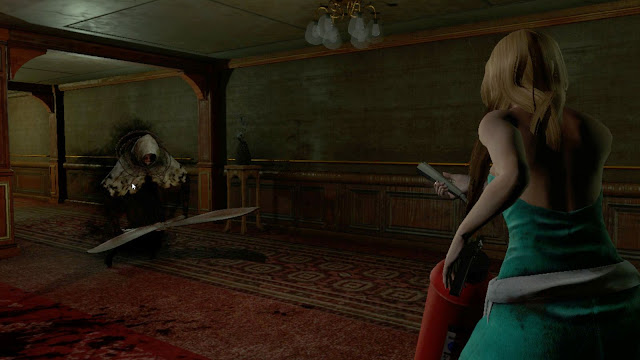Interview by Harvard L.
In Nude Maker’s latest game, NightCry, audiences are thrust into the clutches of a demonic scissor-wielding murderer. As a spiritual successor to the long running Clock Tower series, NightCry inhabits a unique place in the horror gaming canon as both a third person game and one which does not heavily rely on existing horror mythos. We at DDNet were lucky enough to have a chat with the game’s director, Hifumi Kono, regarding his new title and the future of the horror genre as a whole.
Horror is perhaps my favourite genre to study simply due to how sensitive it is to cultural context. It is always going to be a niche, but it has the ability to tap into the mindset of an entire society – naturally we are scared most by stories which represent and exploit our deepest fears, and thus the best horror games, films and novels will have a lot to say about what our culture is most afraid of. NightCry is a perfect example of this, blending elements from classical horror films, surrealism and modern day technology to hit us where it hurts.










